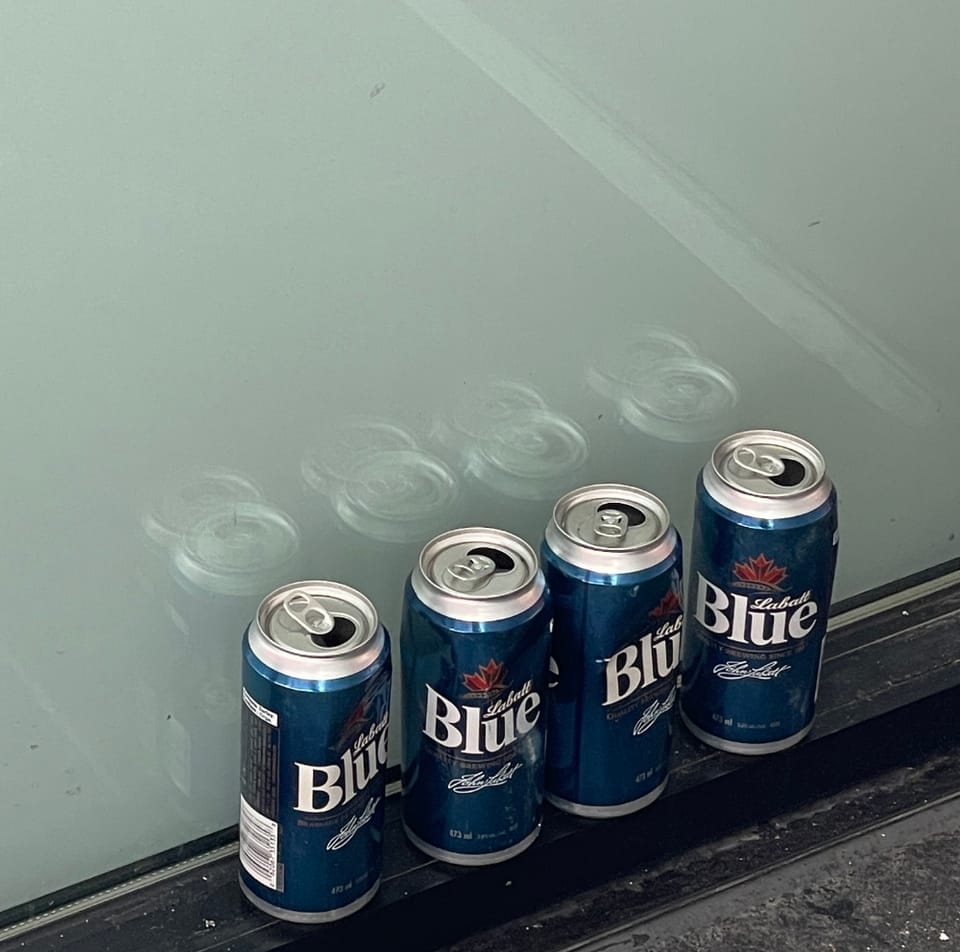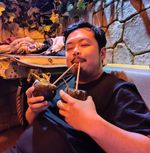As I mentioned last newsletter, this one will be on new things I’ve tried on my trip to Toronto back in May. While this newsletter is still what I promised it will be, I’ll spare you the photo/text dump and focus on a couple that is worth going down the rabbit hole for.
But before that, in quick succession, new things I’ve tried in one paragraph: Butter Tart from Bà Nội, rum-based cocktail and jerk chicken at Chubby’s, new-wave Korean fried chicken at Drunken Chicken, Chinese Take-out at Great Fountain Fast Food, Turkish Delights from Gulbay, and various pastries from Bartholomew Bakery.
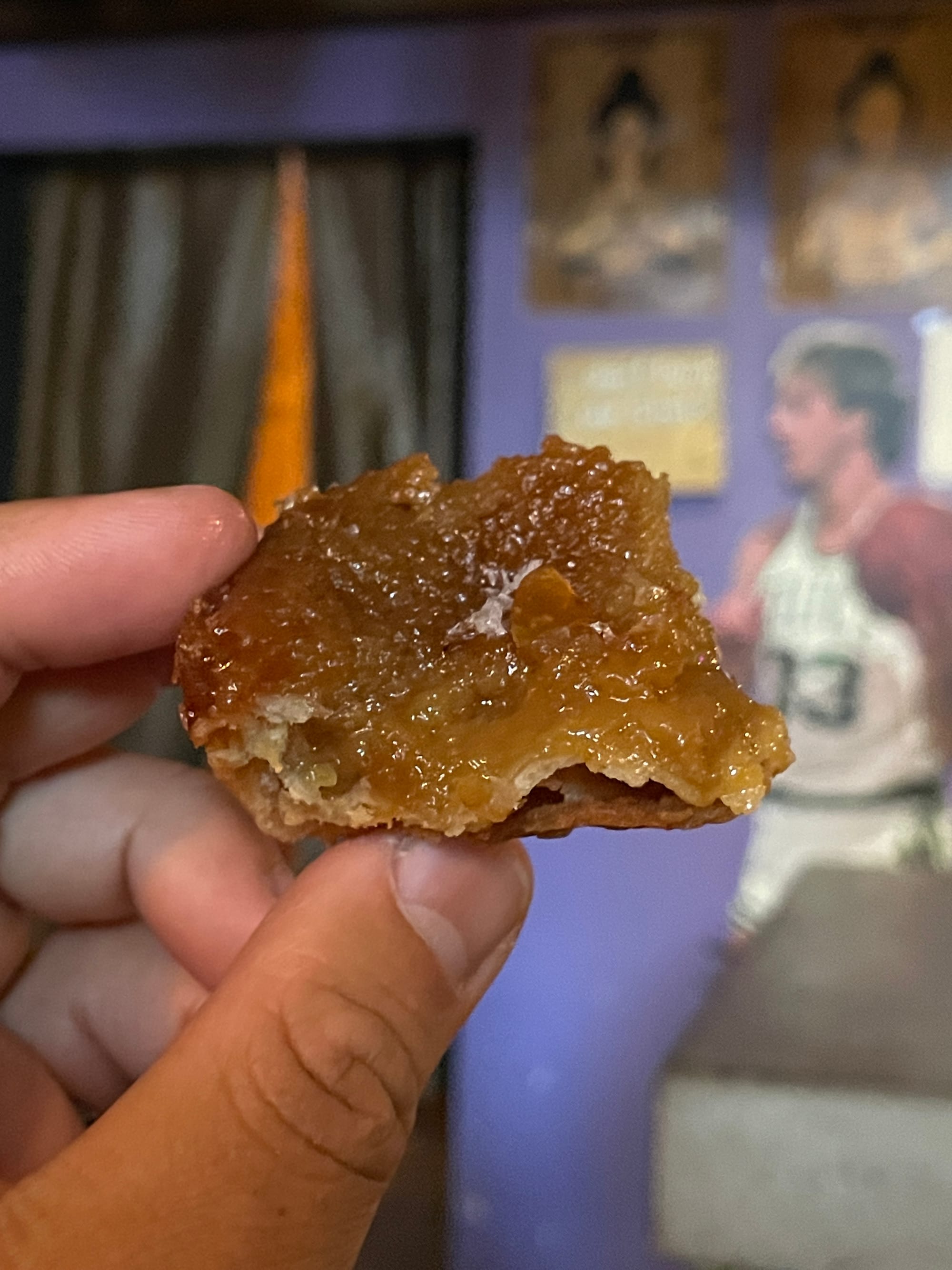
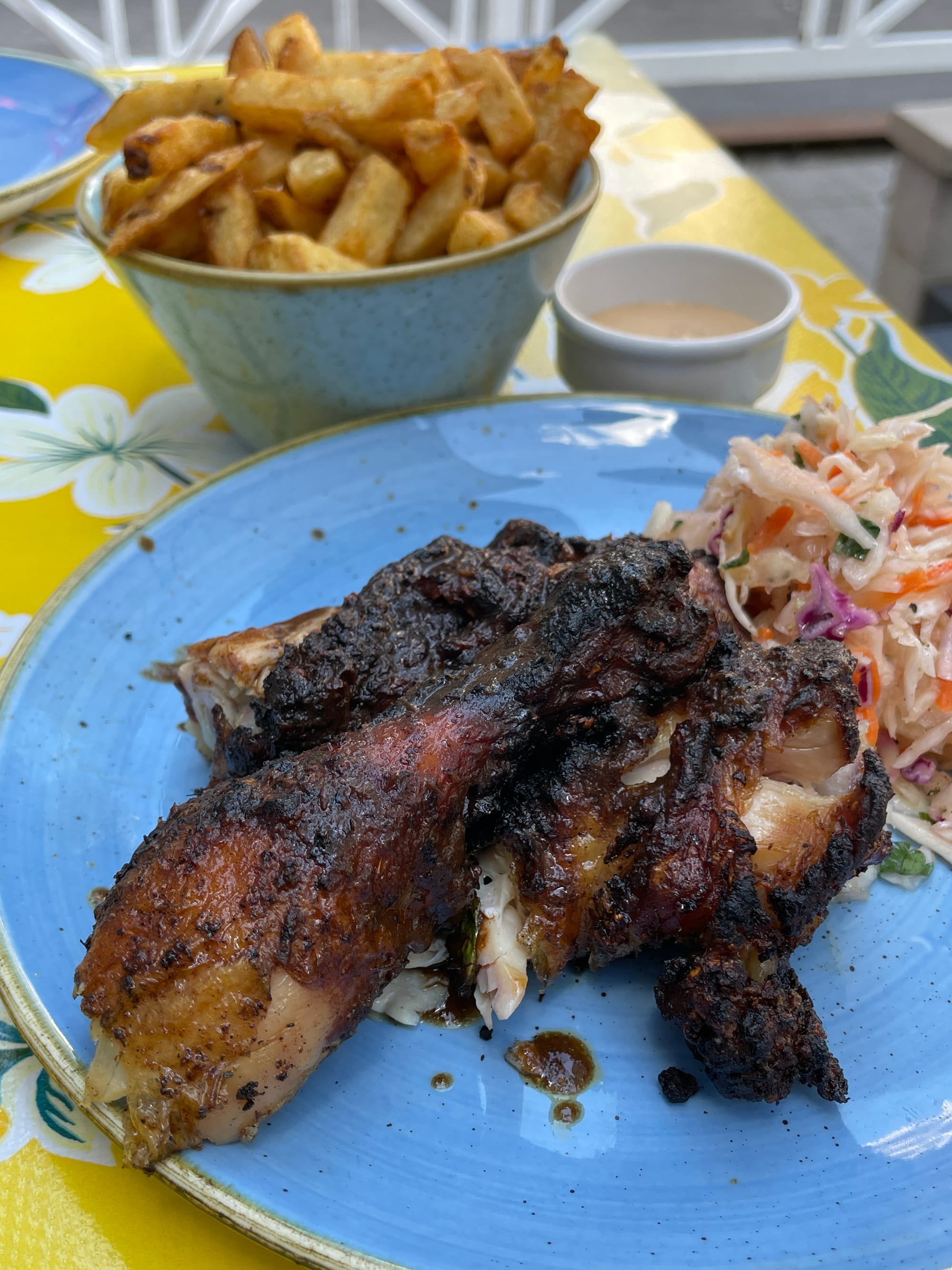
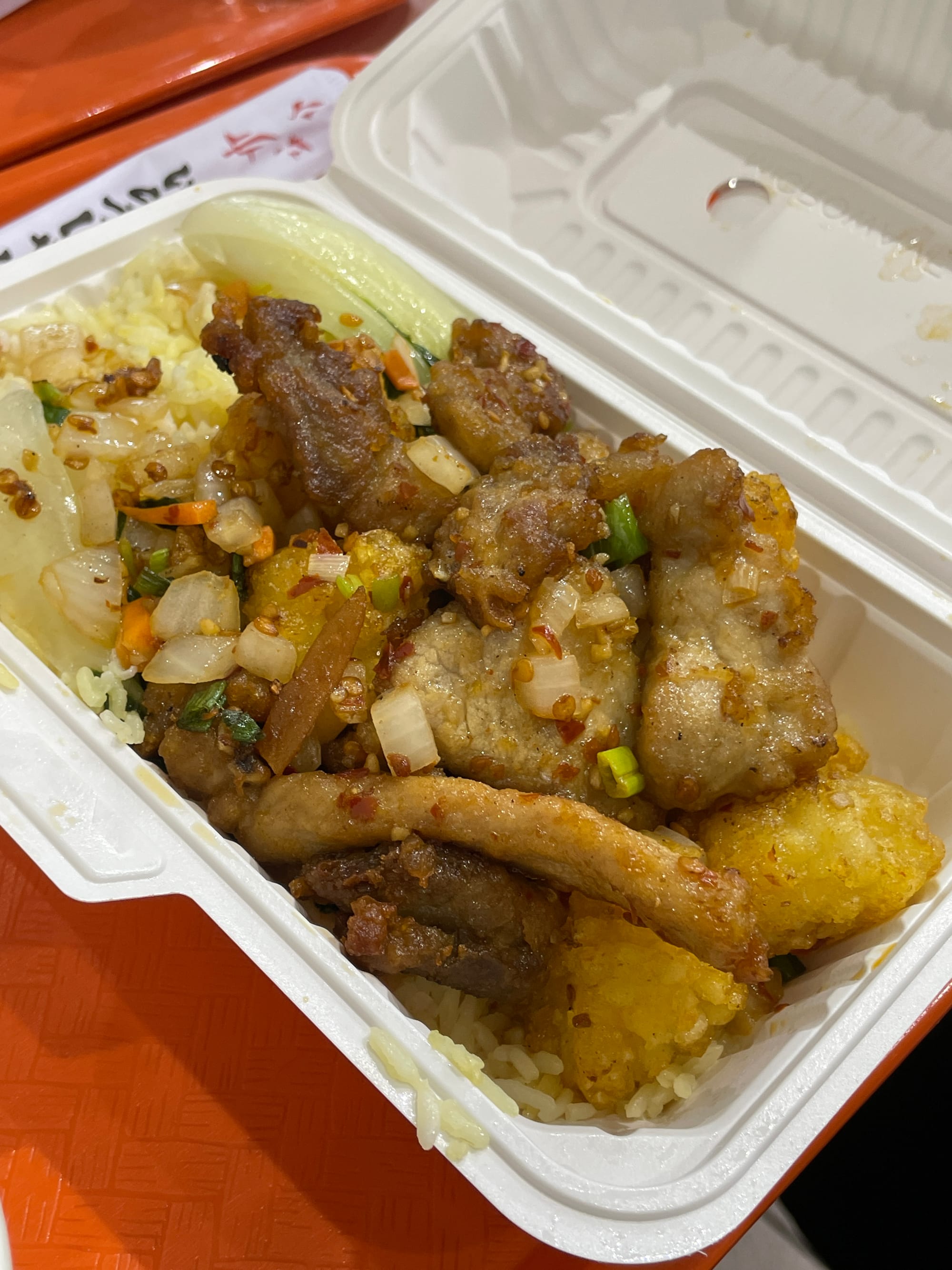
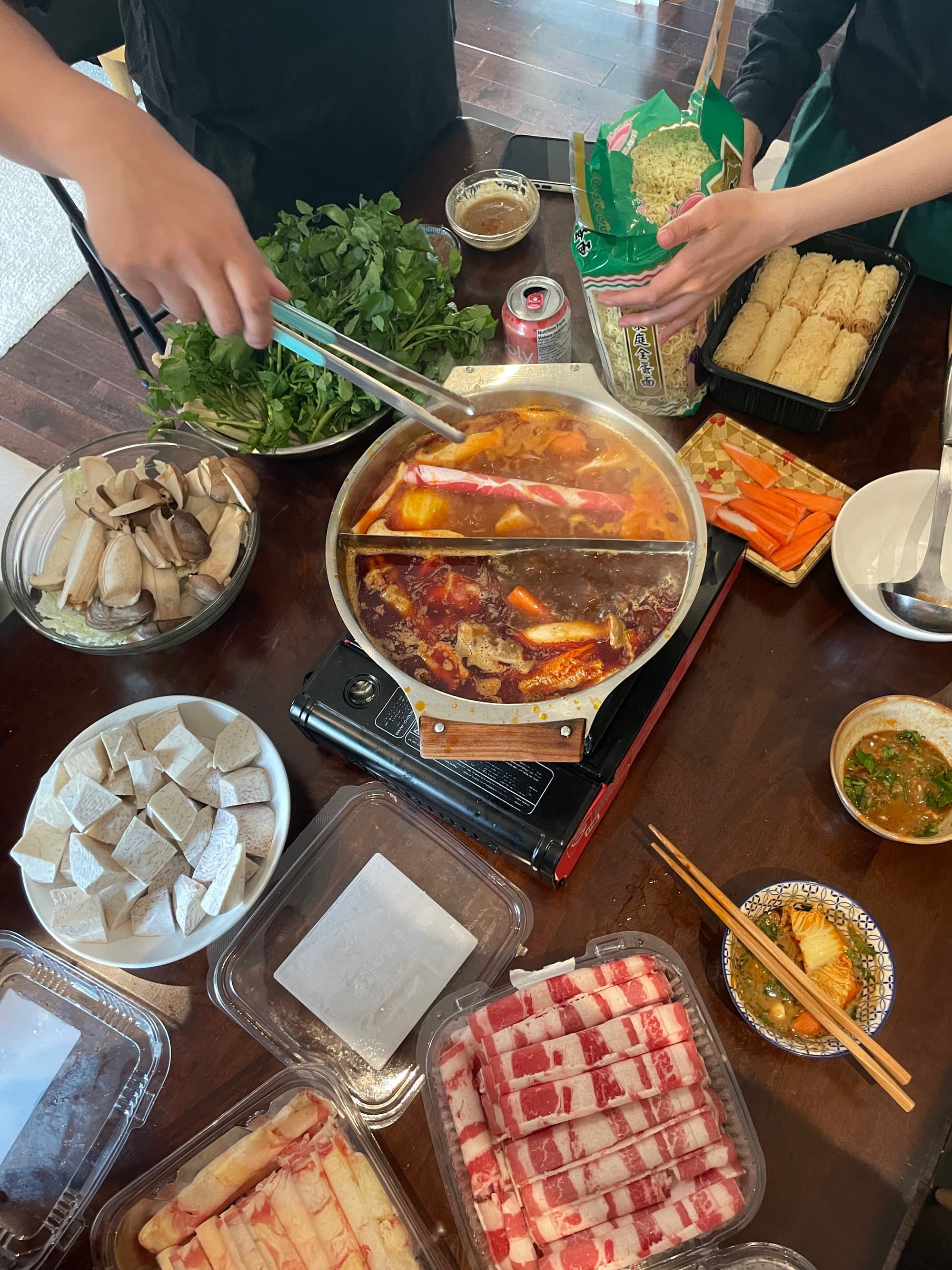
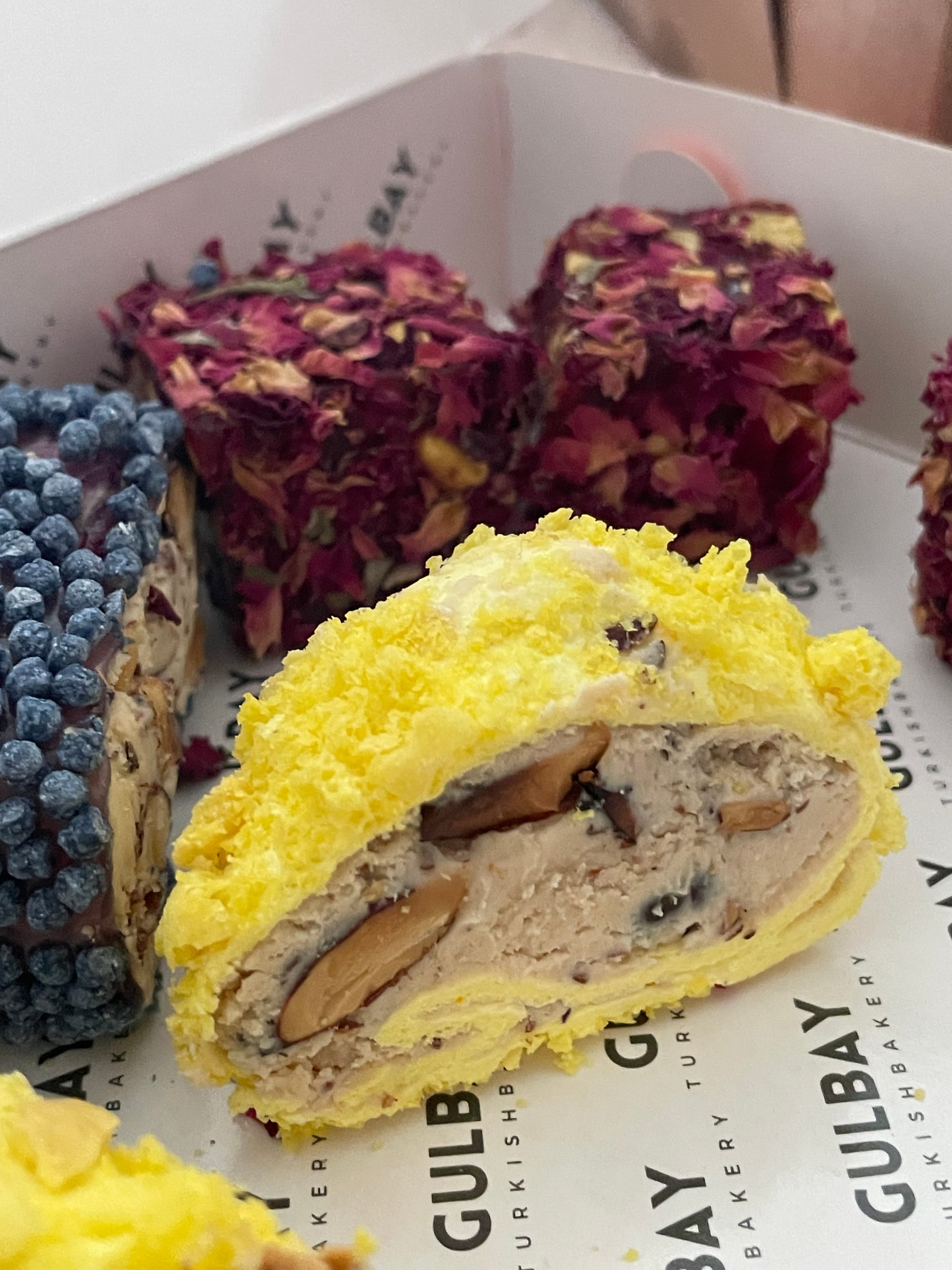
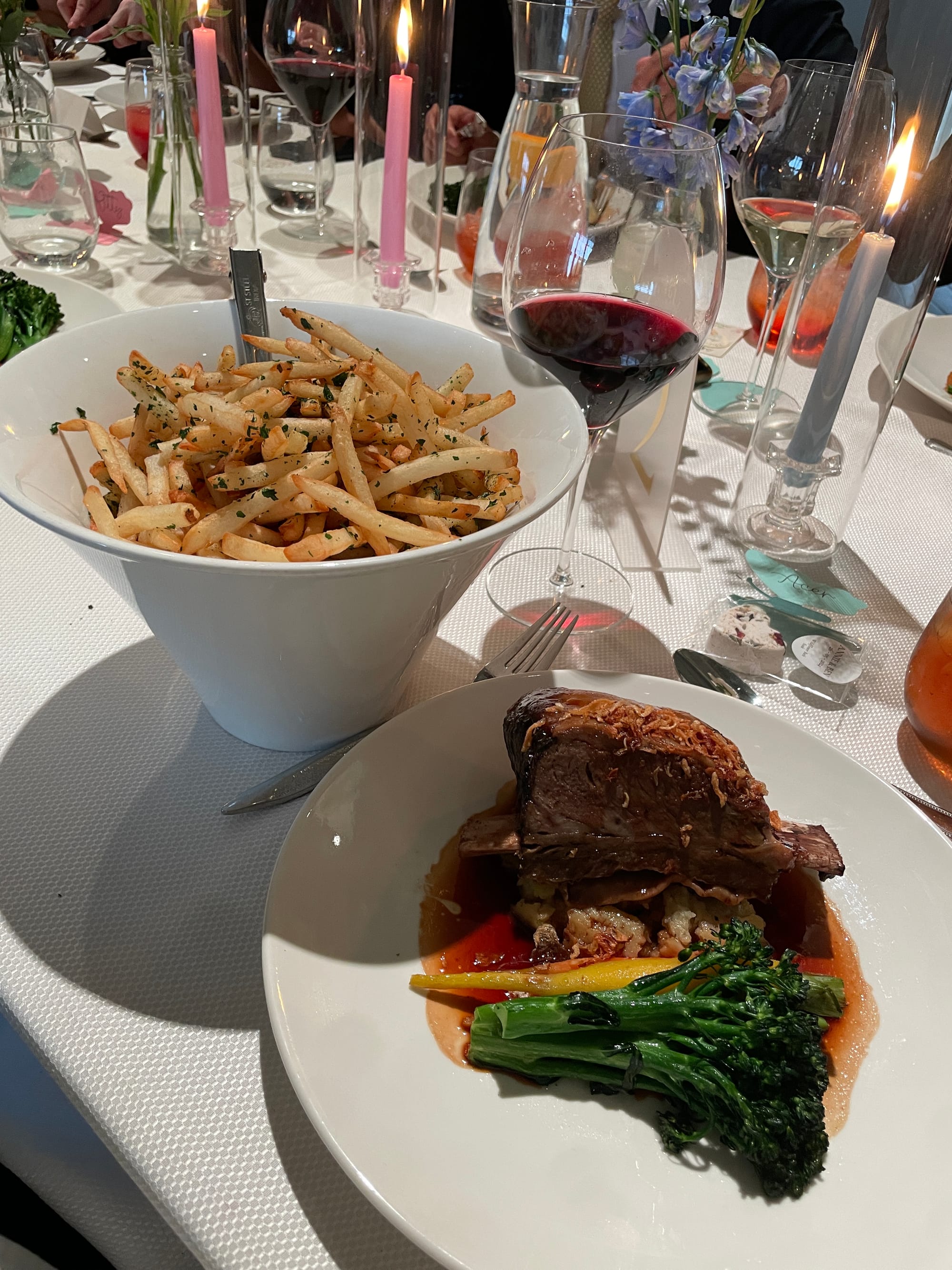
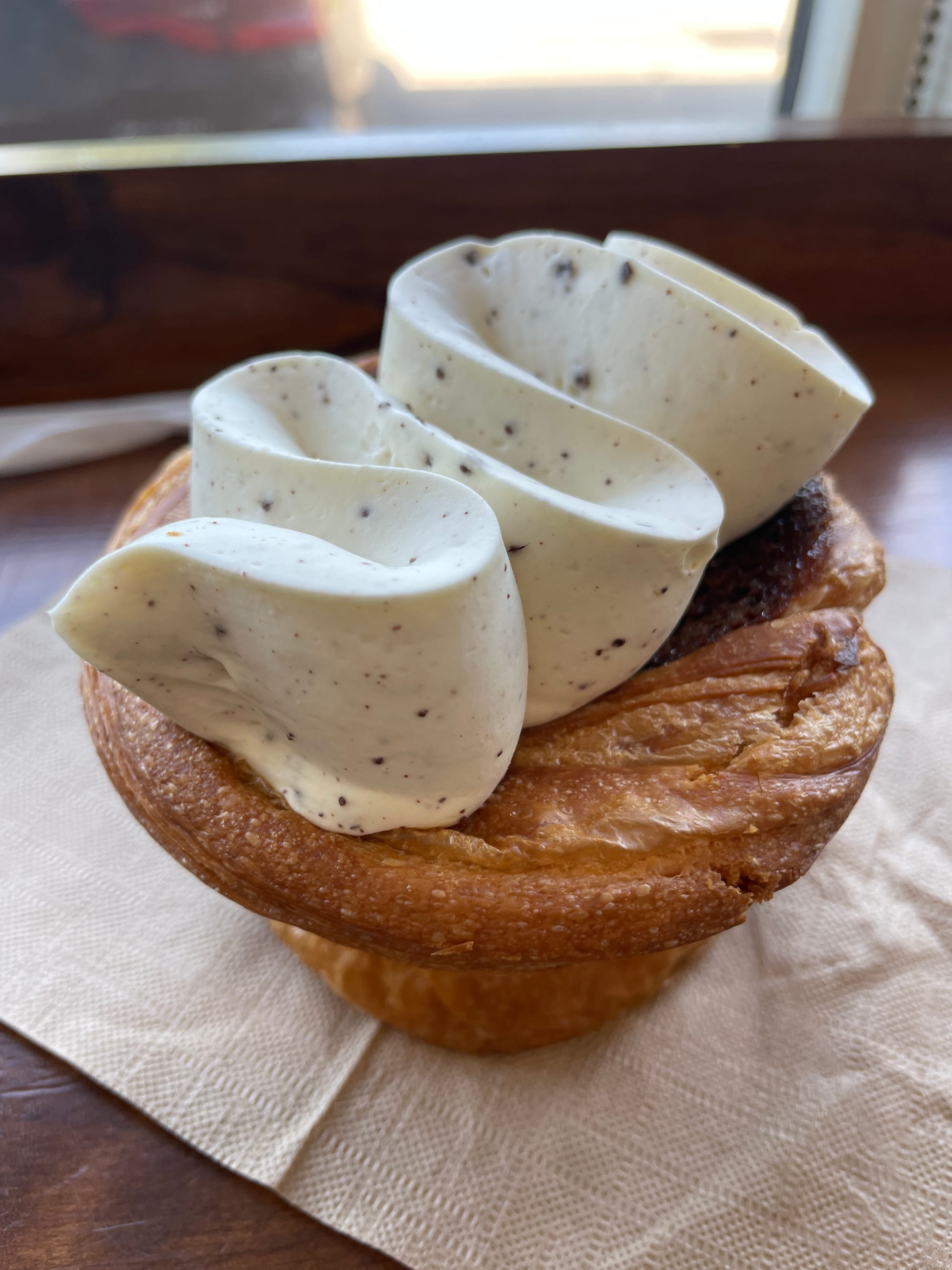
Hatch Specialty Coffee
802 Cochrane Dr Unit B, Markham, ON L3R 8C9, Canada
My friend Norman described this place as the pinnacle of third wave coffee, and to his credit, it very much was. They stocked carefully curated equipment for pour overs and tables of drinkware; with roasting styles heavily influenced by Scandinavian roasters, which focused on light roasts and emphasis on the flavour of the coffee fruit, one can (sort of) tell their selection of beans reflect that; the purchase experience is less about the service and decor, but focused almost entirely on the drinks themselves.
My coffee knowledge extends to playing with different pour over timing, ground sizes, and water temperatures, but ends at me using unfiltered tap water and buying beans that are on sale at Whole Foods (no shame sticking my arm to back of the shelf getting the freshest bag though). It’s been a hot minute since I’ve refreshed myself with the latest beans and roasting methods.
Hatch had a healthy selection of single origin pour overs to choose from. It had covered beans from common regions, as well as taste notes from floral to herbal. Most pour overs cost between 7$-10$ CAD (5$-8$ USD), except for a particular pour:
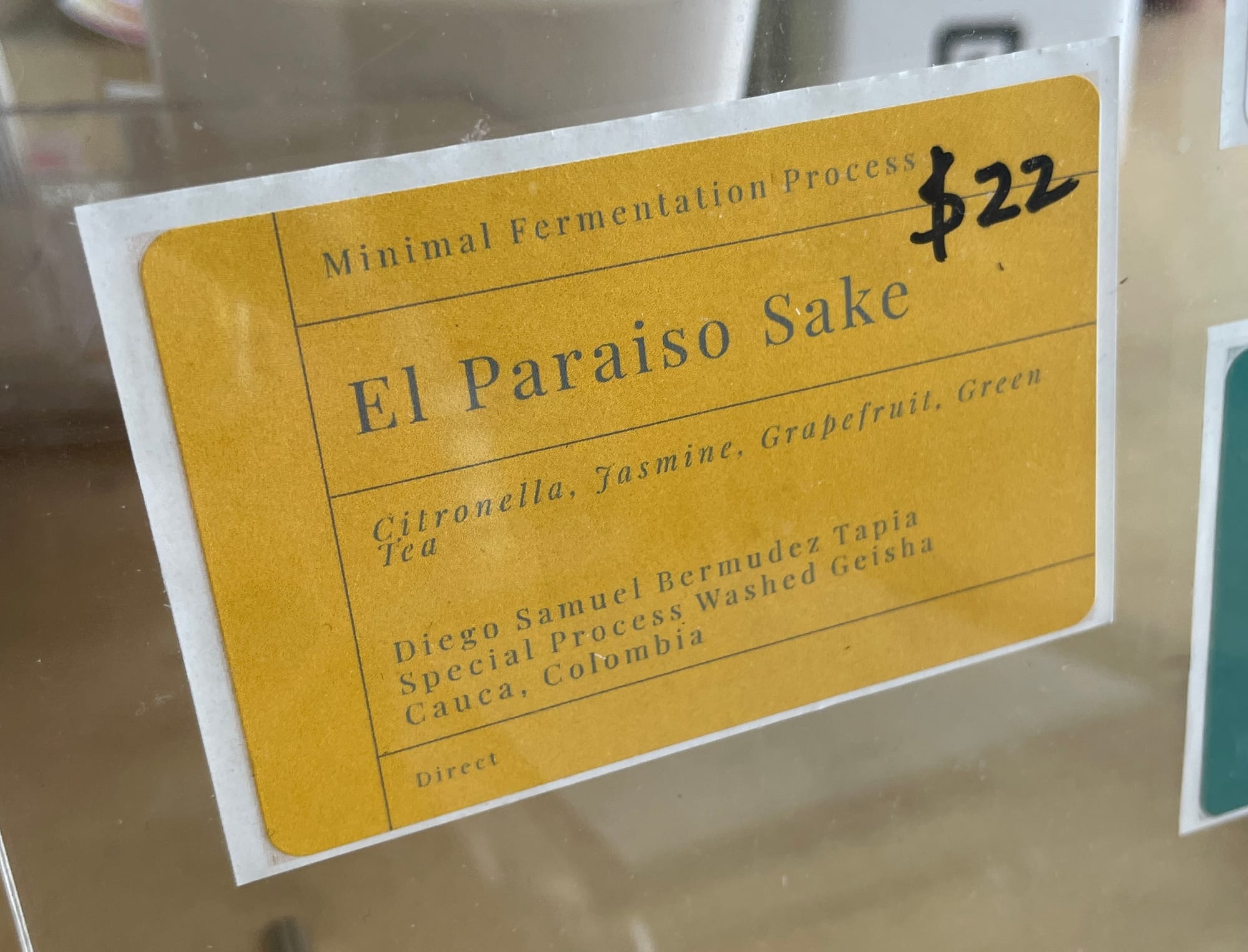
For the uninitiated, when the coffee cherry is picked, a common process is to let the coffee cherry ferment for about a day or two, creating layers and complex flavours in the bean. The flesh is then separated and discarded, leaving the seed, aka the coffee bean that we eventually roast. El Paraiso Sake strives to skip the fermentation stage as much as possible, while processing the bean a certain way so it retains the flavour of the fruit pulp in the bean. TL;DR the bean would taste how it was in its fresh cherry form.
The bean variety, Geisha, is actually a strain from Ethiopia originally, and made its way to be grown around other parts of the world. This one at Hatch is from Colombia. The name Geisha is actually a misspelling for Gesha, the region in Ethiopia that the bean originated. Never mind that the name of the roast is called Sake, and this bean+process won at a coffee festival in Tokyo. (I had no reception to search up any of this when I was in line to order and just wondered if Japan somehow figured out how they can grow coffee in their climate? Clearly no critical thinking was involved.) These beans have a specific flavour profile and very limited export, hence one would have to shell out a casual 22$ Canadian Loonies to try this cup of coffee.
I mean, a 22$ CAD cup of joe? Internet Coffee Meme King James Hoffman drank a 335$ espresso, and he had to stand outside the store to do so. So it's not that bad, right? If I paid with my American credit card, then the charge would be a smaller number than 22, so it's not that bad, right?
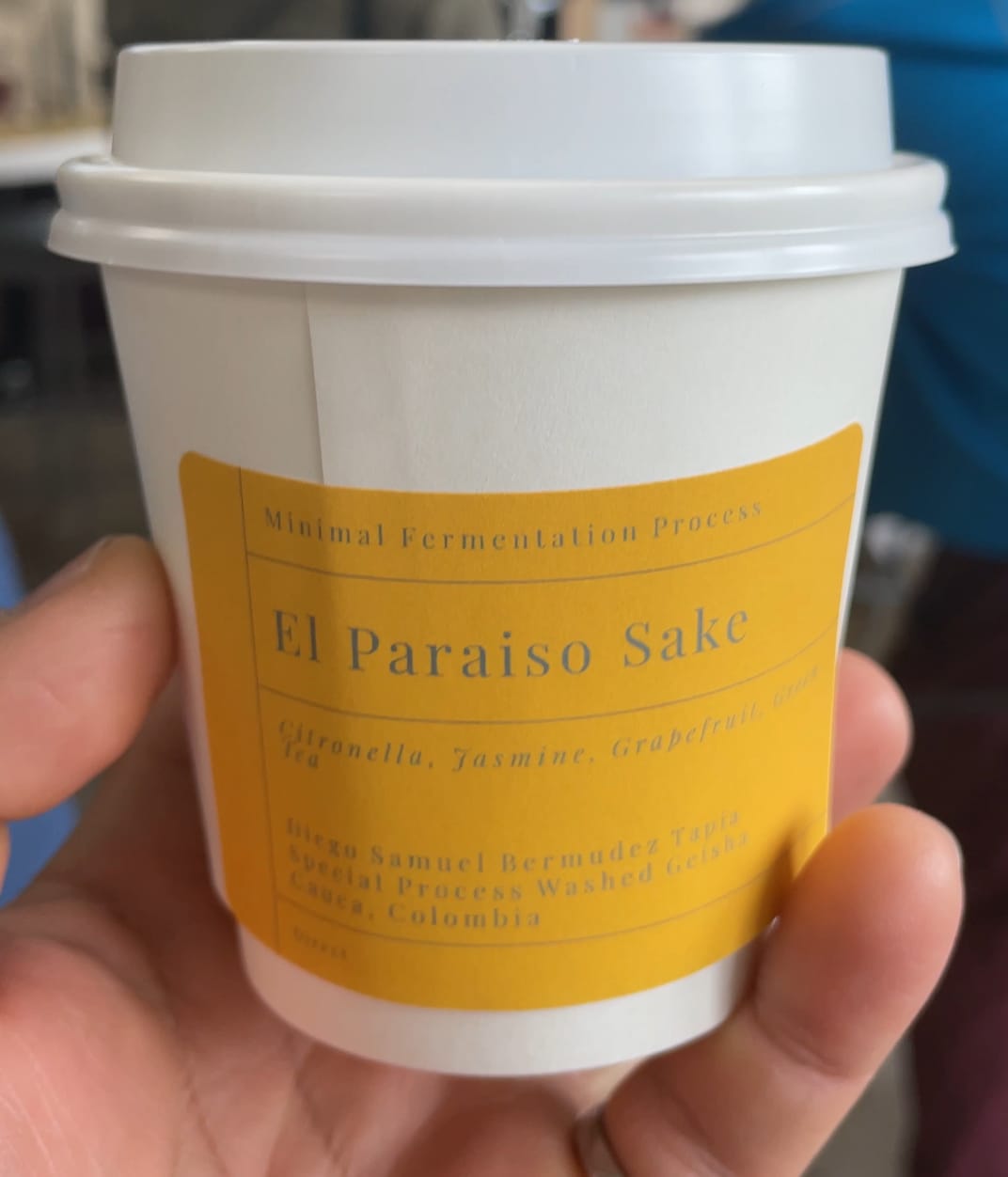
I had no fucking clue what I was drinking. I never judge my coffee on the first sip, so I took my second one. It only left me further from a judgment. Everything I knew and used to help me navigate a new cup of coffee was pretty much useless. I also had to process my emotions that I bought a 22$ cup of coffee I don't understand how to drink, when I could have just chosen something I was familiar and felt like having at that time for a third of the cost.
Here's what I do know: the smell and overall taste was similar to green tea (which is on their flavour notes, score!), but still retained the mouth feel of coffee. I believe this tea/coffee crossover led to my initial confusion of figuring out what I was drink. It was floral driven, and without the fermentation stage it had no sourness to it, which I like. The aftertaste was very mild, almost tasteless compared to actual tea. Other than that, I was mostly coping from my decision.
If you're a coffee snob and got a chance to try it, please please please let me know what your opinion is!
El Paraiso Sake pour over coffee, about 8oz/235ml, 22$ CAD (16$ USD)
Sinaloa Factory
350 Woodbridge Ave Unit 3, Woodbridge, ON L4L 3K8, Canada
I want to take this opportunity to point out that the Mexican food situation in Toronto and its surrounding suburbs (aka the GTA) have noticeably improved since I left in 2018. My favourite indicator that a certain cuisine is getting traction at a new place is when restaurants open labelling region specific food instead of just using its country of origin (Sichuan vs Chinese, Pai vs Thailand, etc.). And that seems to be the case in the GTA!
Sinaloa Factory is one of them - Sinaloa is one of the states in Mexico situated along the Gulf of California. With a coastline of 622km long, it goes without saying that Sinaloa seafood game is strong. Aguachile, ceviche, pescado zarandeado, tacos gobernador (shrimp), the list goes on.
My friends who took my there however, had other intentions. You see, Sinaloa is the birth place of Mexican Sushi. Despite being a recently creation in the early 2000's, the stories of its creation is already inconsistent. Some say it's a from Japanese chef in the city of Culiacán, the capital of Sinaloa, who had mixed the two cuisines together to appeal to locals. The lesser believable story I found mentioned creating these to appeal to tourist by local Mexican chef's because a lot of tourist don't like to eat raw fish. Whatever story sells their sushi, I guess.
Sinaloa Sushi is characterized by their centimeter thick, sometimes deep fried rice roll; fillings consists of seafood raw to fried, as well as various surf and turf creations; sauce and toppings are simply a must and complete the dish.
I was super excited about trying this, coming from someone who dismissed the entire Sushi-burrito trend. I was hating on the food, but really I was just hating on the hype marketing. I actually love the format for its functionality, it's like a portable bento and you get to eat the container too. But calling sushi-burrito some new creation is just a plain lie. I ate something like this all the time in Taiwan as a highschooler on the way to cram school, we just call it a rice roll cause we don't have the concept of burritos. Anyway, I'll let you in a little secret: KBBQ rice-burrito is where it's at ;) /rant
It was be a mistake not to order something with aguachile or ceviche in a Sinaloa Restaurant. The first roll that was served was Cevichito-roll:
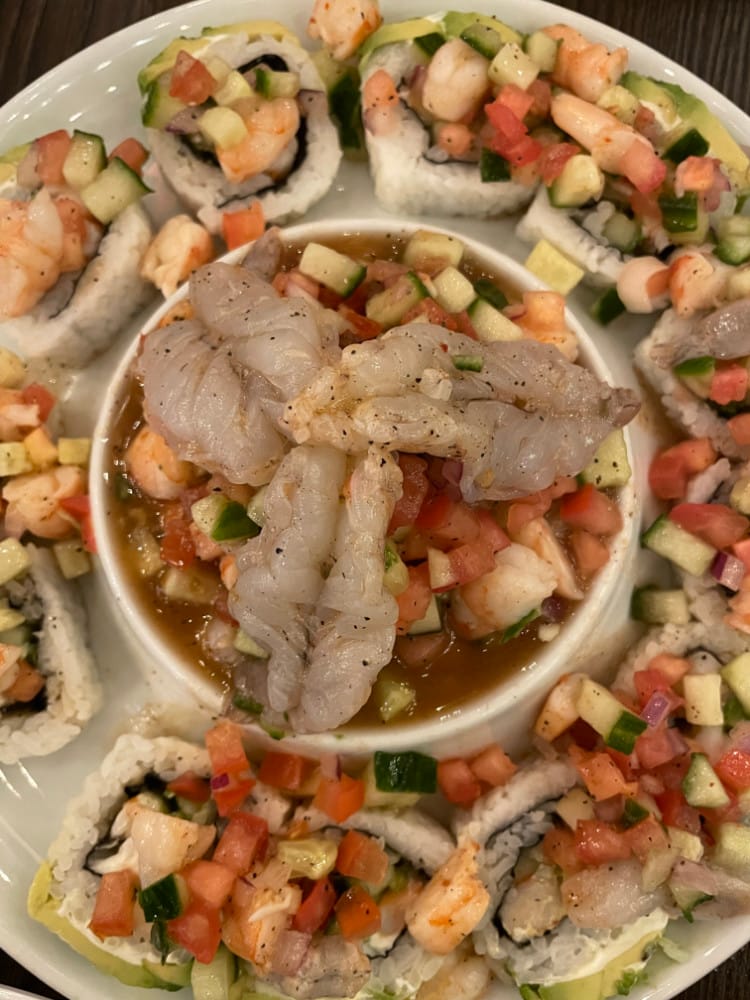
The sushi was rolled with ceviche, topped with more ceviche 🤌. This had the least amount of rice to ingredients ratio. In fact, I think there was too much toppings, but that's easy to fix. This roll is the closest to a regular Japanese roll for obvious reasons. The acidity from the ceviche was enough to offset the lack for vinegar in their rice, and the ceviche marinate ties all the flavours together. They spread the cream cheese on the outside and covered it with avocado, which I think is a pretty smart idea. It evens out the creaminess instead of having to suddenly bite into a chuck of it (looking at you, Philadelphia roll), which makes the cream cheese bearable. Overall the the roll was light but packed with flavours of ceviche, the rice was a great vehicle, and something creamy to balance the acidity.
On the opposite spectrum of heaviness, we ordered rolls that were breaded and deep fried. Sushingada Madre came in strong with chicken mole:
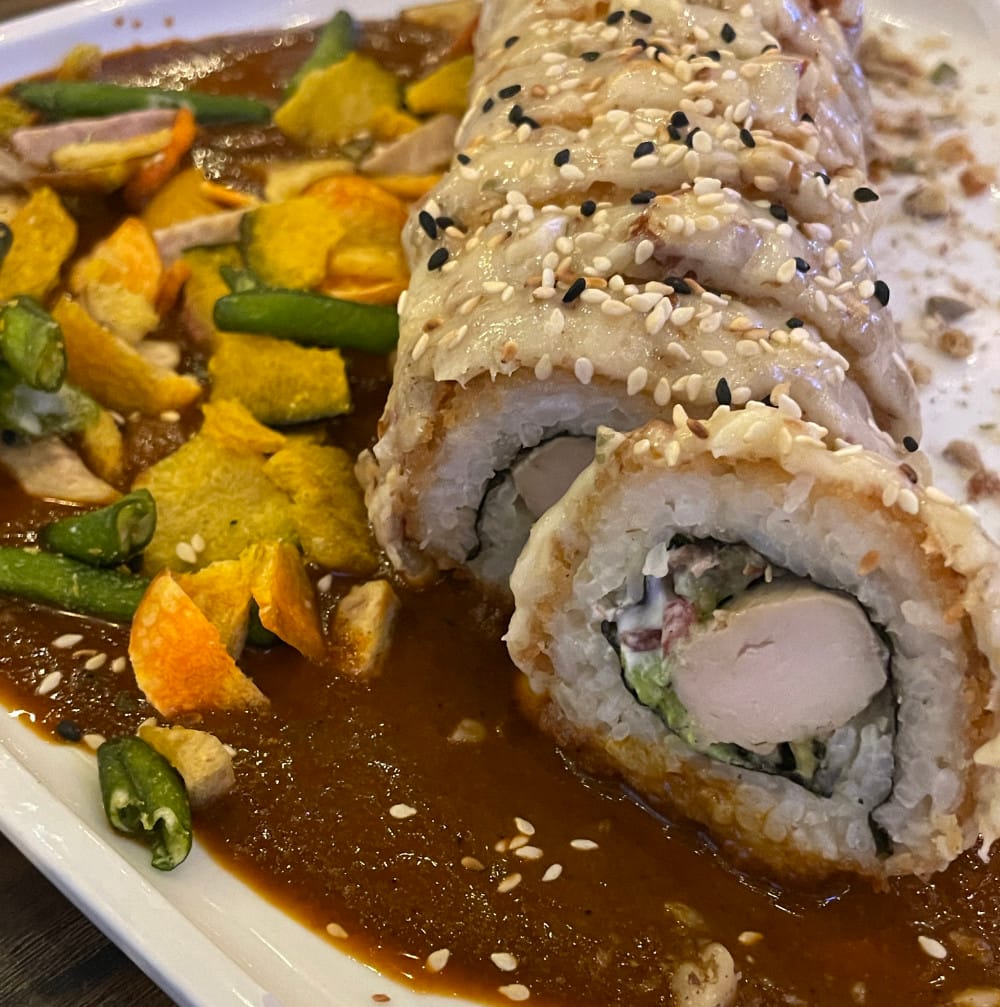
Their mole sauce hits the flavours notes, albeit a bit mild compared to the ones I've had in San Francisco. Chicken was pretty much unseasoned and needed the accompanying bacon to help. This might all sound less appealing, until you take a bite with a little bit of everything. The mole sauce is still the star of the show, but the dried vegetables opens up the sauce from its dark, roasted taste. The bacon served as a good bridge between the sauce and the chicken and tie the tastes together. It's a very busy dish, as I like to say about food with incredibly complex flavours, but they stroke the balance pretty well.
Sushicharron sounds exactly like what it is: Chicharron (fried pork belly) wrapped up in a sushi, also breaded and deep fried, topped with a layer of melting cheese.
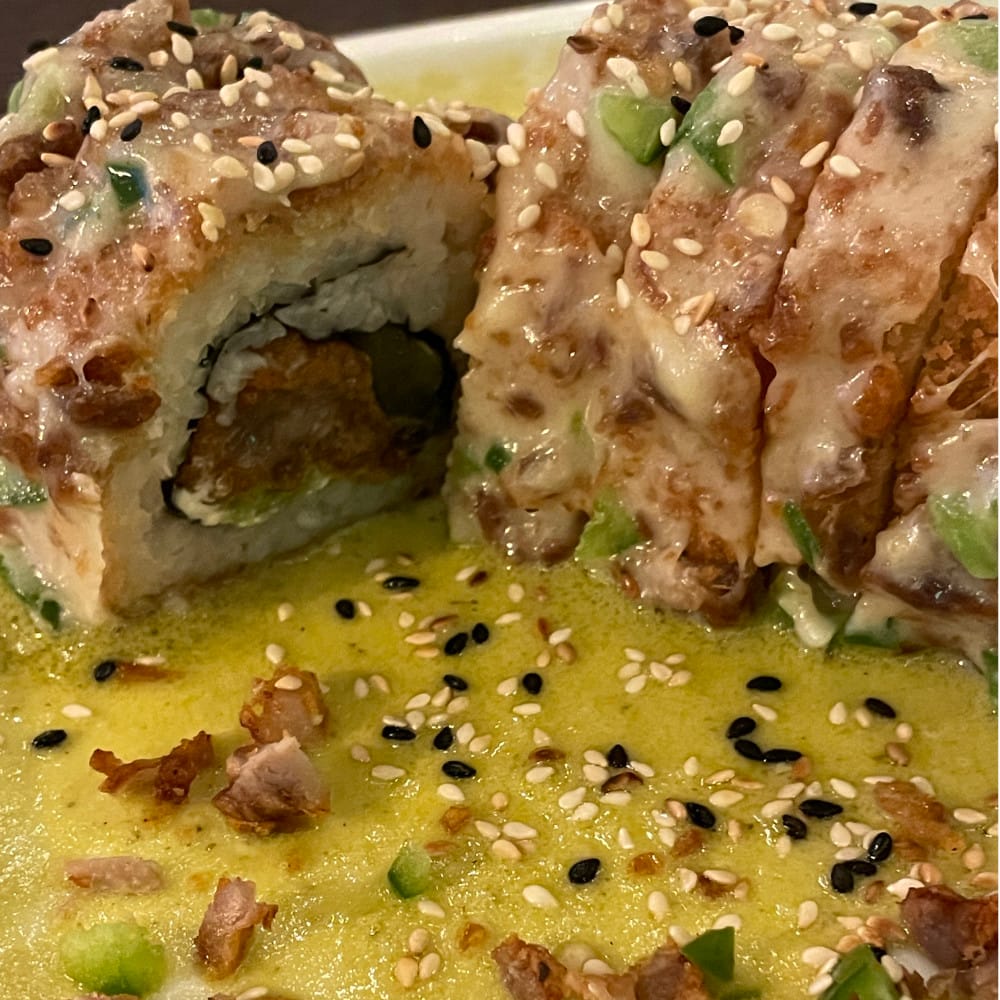
The soul of this roll was the poblano sauce. I have a soft spot for poblano - the lesser spicy version of its brother jalapeño, you can enjoy the taste of a "hot" pepper without having to worry about biting into a demon jalapeño slice. The poblano-y balanced the heavy greasy fried pork, but keep the dish a heavy hitter. I can see my eating this combo all day any day.
Overall, I had enjoyed the experience, mainly getting to taste flavours of Mexican cuisine packaged in a different fixture. I wouldn't say it was the texture of sushi or Japanese food. Rice was crunchy/crispy because it was deep fried, compared to the usual steamed rice cooked with tomato and bouillon; Sauce was generally creamier, which was either some kind of flavoured mayo or a sauce that had cream/fat emulsified into it, compared to the salsa plus crema combo. My only gripe was the amount of rice used for the filling was too much. I was eating the Mexican Sushi with only half ring of rice. Understandably, if you were to deep fry the entire roll, you'll need enough rice to stand the deep fry and not have fillings over cook. (Look at the avocado in the last roll, it certainly wasn't heated.)
Sinaloa-style Mexican Sushi, ranging from 19$ to 24$ CAD (13.80$ to 17.50$ USD)
This concludes this newsletter - I'm hoping to put some more time on writing these as we go, but I'm also cooking up a friends and family event and that's taking up a lot of my allocated time for hobbies. If you're in San Francisco Bay Area, DM me on Instagram and I will extend the invite to you!
Until next time 🛵
